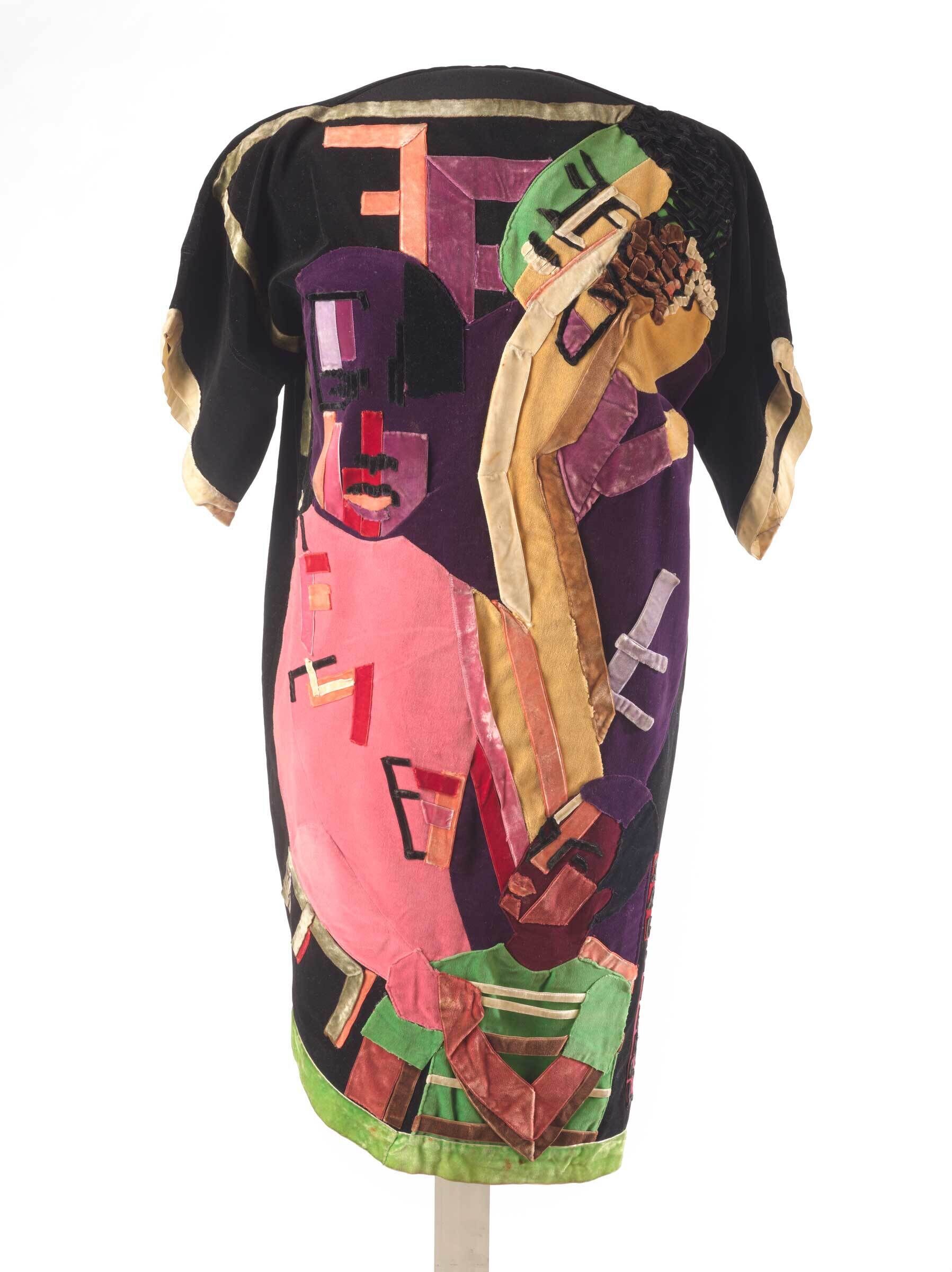Sixties Surreal | Art & Artists
The Big Rip-Up
9
Before the women’s liberation movement entered wider public consciousness in the early 1970s, women artists were creating an early feminist aesthetic and imagining new fields of possibility for themselves and their work. For historic Surrealists, the radical juxtapositions made possible by collage were appealing for their apparent capacity to communicate unconscious thoughts and desires. For the protofeminists of the 1960s, collage offered a way to highlight the myriad social, political, and psychological expectations imposed on women. This technique allowed them to combine abstraction with representational forms in order to convey the complexity of their personal experiences. Although the presence of sexual content meant their work was often sensationalized as “erotic art,” such artists held an expansive set of concerns, from gender and sexuality to objectification and artifice. As the experimental filmmaker and photographer Barbara Hammer would later reflect: “I was swept up with the energies and dreams of a feminist revolution. We could make a new world where everyone was equal. We believed it, and we tried our best to live it.”
Jae Jarrell, Ebony Family, c. 1968
Sculptor, painter, and self-taught fashion designer Jae Jarrell has been creating one-of-a-kind, wearable works that celebrate Black culture and family life since the late 1950s. As a co-founder of the Black Arts Movement's Chicago-based collective AfriCOBRA (founded 1968), she worked to promote accessible art experiences and cultural pride within Black communities. Drawing upon the group's signature Coolade colors (a play on the fruit-flavored drink mix Kool-Aid), using materials typically associated with "women's work," and taking inspiration from African designs, Jarrell imagined a revolutionary aesthetic carried on the body and grounded in joy and family.
Artists
- Jeremy Anderson
- Benny Andrews
- Kenneth Anger
- Diane Arbus
- Robert Arneson
- Ralph Arnold
- Romare Bearden
- Jordan Belson
- Ed Bereal
- Wallace Berman
- Judith Bernstein
- Lee Bontecou
- Louise Bourgeois
- Joan Brown
- Kay Brown
- Roger Brown
- T.C. Cannon
- Eduardo Carrillo
- Mel Casas
- Vija Celmins
- Barbara Chase-Riboud
- Ching Ho Cheng
- Judy Chicago
- Bruce Conner
- Jean Conner
- Adger Cowans
- Robert Crumb
- Dale Brockman Davis
- Jay DeFeo
- Roy De Forest
- Martha Edelheit
- Melvin Edwards
- Ed Emshwiller
- Roy Fridge
- Lee Friedlander
- Rupert Garcia
- Nancy Graves
- Nancy Grossman
- Barbara Hammer
- David Hammons
- Alex Hay
- Wally Hedrick
- Mike Henderson
- Eva Hesse
- Oscar Howe
- Luchita Hurtado
- Miyoko Ito
- Suzanne Jackson
- Ken Jacobs
- Jae Jarrell
- Jess
- Luis Jimenez
- Daniel LaRue Johnson
- Barbara Jones-Hogu
- Edward Kienholz
- Kiki Kogelnik
- Shigeko Kubota
- Yayoi Kusama
- Lynn Hershman Leeson
- Linda Lomahaftewa
- Lee Lozano
- Marisol
- David McManaway
- Ron Miyashiro
- Bruce Nauman
- Gunvor Nelson
- Senga Nengudi
- Jim Nutt
- Claes Oldenburg
- John Outterbridge
- Edward Owens
- Kenneth Price
- Noah Purifoy
- Joseph Raffael
- Christina Ramberg
- Deborah Remington
- Faith Ringgold
- Suellen Rocca
- James Rosenquist
- Martha Rosler
- Barbara Rossi
- Edward Ruscha
- Betye Saar
- Niki de Saint Phalle
- Lucas Samaras
- Peter Saul
- Raymond Saunders
- Carolee Schneemann
- Fritz Scholder
- Kay Sekimachi
- Joan Semmel
- Jack Smith
- Ming Smith
- Robert Smithson
- Nancy Spero
- Anita Steckel
- Harold Stevenson
- Sturtevant
- Paul Thek
- Michael Cullen Todd
- Carlos Villa
- Shawn Walker
- Timothy Washington
- H.C. Westermann
- Jack Whitten
- Dorothy Wiley
- William T. Wiley
- Hannah Wilke
- Franklin Williams
- Karl Wirsum

